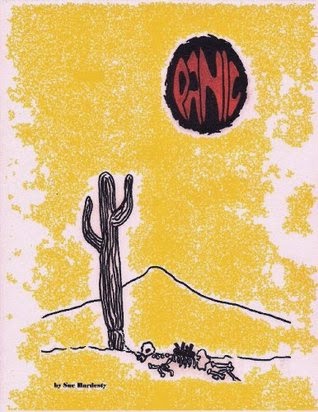When I was in library school, I took a class on adult readers' advisory. This class was actually really helpful in determining how to recommend a good book to an adult who has finished a book and is looking for a read-alike suggestion. The problem with this class is that it was for adults, and adults are typically more articulate than children as far as being able to explain what they liked about a particular book.
Kids, on the other hand, are more difficult to recommend books to, especially if you're going off of just one book instead of the last five or ten books they happened to check out. I find that my patrons don't take three out of every five books I recommend, but that only means I have to recommend more books. This is also a good place to mention how important it is to know your patrons. I have fielded questions like the following:
- Do you remember that book you told us about two weeks ago? Do you have anymore like that one?
- You know that book you had on your desk? The one about the girl with the hair?
- Can you recommend me a book? Not a stupid one; you know what I like. Is there any new book that's good?
All of these were actual conversations I had with actual children, and in all the cases, I eventually was able to find what it was they were looking for. It took a bit of questioning and guessing; the second question led me to guess Alex Flinn's Towering, then Marissa Meyer's Cress, and finally Shannon Hale's Rapunzel's Revenge (which was the book the child was after). Most adults like to stick with a particular genre, but a kid who likes to read, say, the Origami Yoda books might not know why she likes them - is it because of the Wimpy Kid-esque illustrations, the silly story, the school that resembles her school, or because she just likes everything Star Wars? Maybe she just picked them up because the author's name begins with an A and she picked up the first thing she saw on the shelf. Or maybe she only reads green books, or books that are a part of a series, or books that are not a part of a series.
The bottom line is this: to recommend a book to a kid, you've got to like talking to kids, you've got to know the kid you're talking to (or be willing to ask lots of questions to get to know that kid), and you've got to know lots of different books, or at least have access to Goodreads or some other internet "cheat sheet." I did pretty well finding books for the kids at the middle school where I worked, but now that I work with people from birth through age eighteen, I have a wide range of books and authors to keep on the top of my head.
People are more likely to read a book when it is recommended to them by someone who knows them, and kids are more likely to develop a love of reading if they experience a lot of books they love to read.













